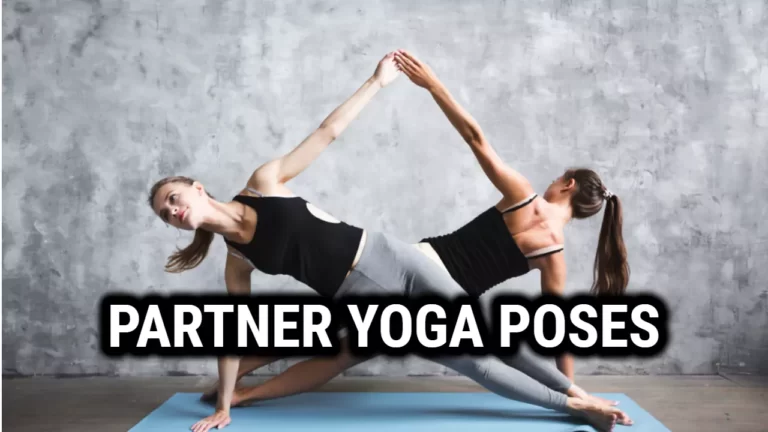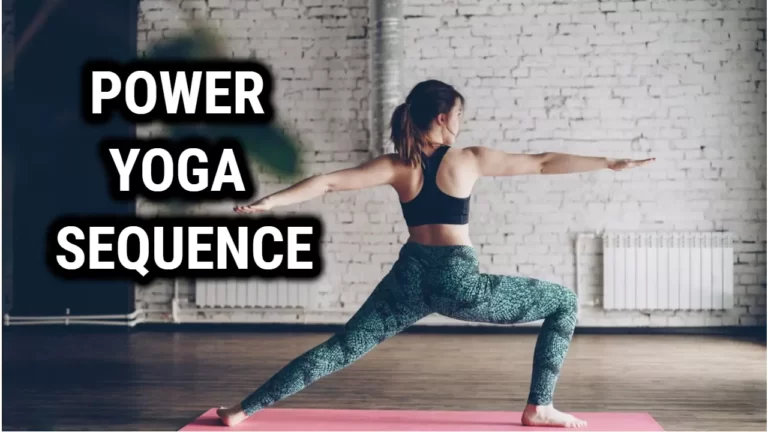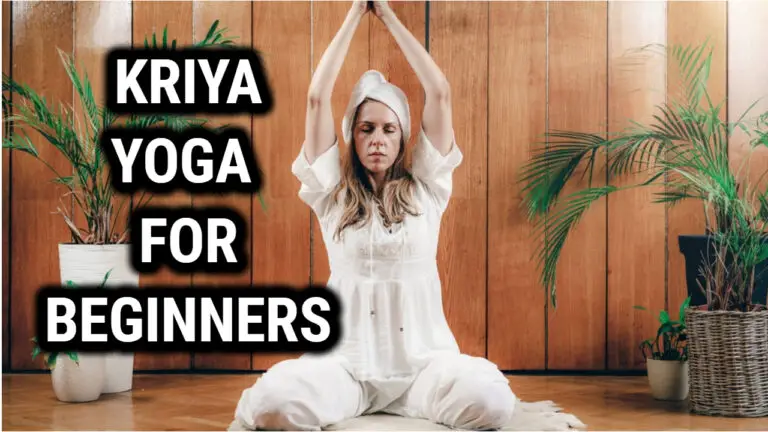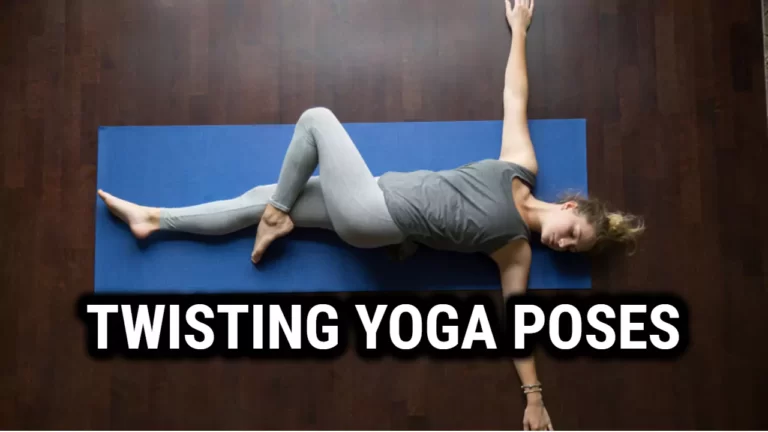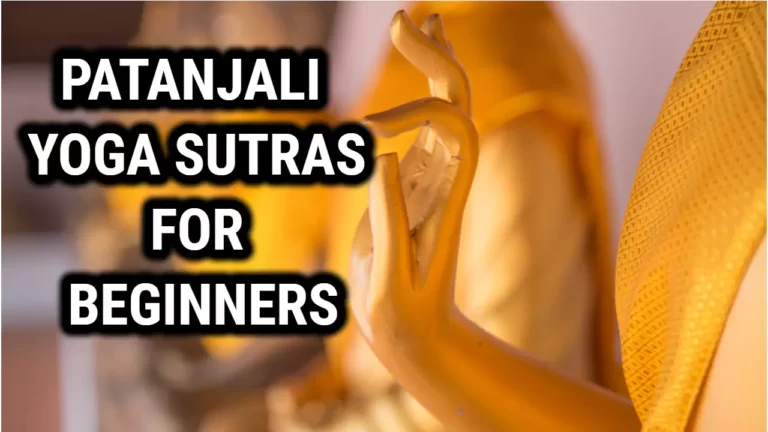Restorative Yoga Poses for Relaxation and Stress Relief

Restorative yoga poses are a type of yoga that focuses on relaxation and stress relief. These poses are designed to calm the mind and body, promoting a sense of peace and tranquility. Unlike other types of yoga, restorative yoga poses are done at a slower pace, allowing practitioners to hold each pose for an extended period of time.
Restorative yoga poses are ideal for individuals who are looking to reduce stress and anxiety, or who are recovering from an injury or illness. These poses are also beneficial for individuals who are experiencing chronic pain or fatigue, as they can help to alleviate these symptoms. Additionally, restorative yoga poses can be practiced by individuals of all ages and fitness levels, making them accessible to everyone.
Some of the most popular restorative yoga poses include Child’s Pose, Reclined Butterfly, and Corpse Pose. These poses are designed to gently stretch the body, release tension, and promote relaxation. By incorporating restorative yoga poses into your daily routine, you can improve your overall health and well-being, both physically and mentally.
What is Restorative Yoga?
Restorative yoga is a type of yoga practice that focuses on relaxation and rejuvenation. It involves holding yoga poses (asanas) for an extended period, ranging from a few minutes to up to 20 minutes, using various props like blankets, bolsters, and blocks to support the body. The idea is to create a comfortable and safe environment that allows the body to release tension and stress.
The practice of restorative yoga is rooted in the belief that the body has an innate ability to heal itself. By slowing down and holding poses for longer periods, the body can enter a deep state of relaxation, which can help reduce stress and anxiety, improve sleep quality, and boost the immune system. It is a great way to unwind after a long day or week and to reset the mind and body.
Restorative yoga is suitable for all levels, including beginners, and can be practiced by anyone regardless of age, fitness level, or physical ability. It is a gentle and non-invasive practice that can be modified to suit individual needs and limitations. It is also an excellent complement to other more vigorous forms of yoga or exercise, as it can help balance the body and prevent injury.
Benefits of Restorative Yoga Poses
Restorative yoga is a practice that focuses on relaxation and rejuvenation. Here are some of the benefits of incorporating restorative yoga poses into your routine:
- Reduced stress and anxiety: Restorative yoga has been linked to reduced levels of cortisol, the stress hormone. Practicing restorative yoga can help you feel more relaxed and less anxious.
- Improved sleep: Restorative yoga can help you sleep better by calming the mind and body. It can also help relieve insomnia and other sleep disorders.
- Relaxation: Restorative yoga helps shift the balance from your fight-or-flight response to your rest-and-digest response. This helps soothe the nervous system and promote relaxation.
- Increased flexibility: Restorative yoga poses are gentle and held for longer periods of time, which can help increase flexibility and range of motion.
- Reduced muscle tension: Restorative yoga poses can help release tension in the muscles and promote relaxation throughout the body.
Overall, restorative yoga can be a great way to reduce stress, improve sleep, and promote relaxation. By incorporating restorative yoga poses into your routine, you can experience the many benefits of this gentle and relaxing practice.
Preparatory Poses
Restorative yoga is a great way to relax and rejuvenate the body. Before doing the restorative poses, it’s important to do some preparatory poses first. Doing these poses will help you get into the correct position for the restorative poses and will make your practice more enjoyable. Here are some of the most common preparatory poses:
- Child’s Pose: This pose helps to release tension in the spine and hips, as well as improving flexibility in these areas. It is also a great way to relax and quieten your mind before starting your practice.
- Down Dog: This pose stretches and strengthens the entire back side of your body, including your hamstrings, calves, and glutes. It also helps to calm the nervous system and open up your chest area.
- Cat Cow: This pose is a gentle way to warm up your spine and increase mobility in that area. It also helps to improve circulation throughout your body and can help ease any tension you may be feeling in your shoulders or neck area.
- Bridge Pose: This pose opens up both your chest and hip areas, helping with flexibility in those areas. It also helps to strengthen your core muscles which will come in handy for later restorative poses.
- Reclined Twist: Twists are great for releasing tension from all over the body, especially around our midsection area. Reclined twists are an excellent way to stretch out our back muscles while allowing us to relax deeply at the same time.
By taking time before each practice session to do these preparatory poses, you’ll find that getting into the restorative poses becomes much easier and more enjoyable. Plus, you’ll be able to hold them for longer periods of time with less effort!
Top 5 Restorative Yoga Poses
Restorative yoga is a type of yoga that promotes relaxation, healing, and rejuvenation. It is a great way to reduce stress and anxiety, and it can also help with physical recovery after an injury or illness. Here are the top 5 restorative yoga poses that you can try at home:
1. Child’s Pose
Child’s Pose is a gentle and calming pose that can help to release tension in the back, shoulders, and neck. To do this pose, start on your hands and knees, and then sit back on your heels. Stretch your arms out in front of you, and rest your forehead on the mat. Take slow, deep breaths, and hold the pose for a few minutes.
2. Legs Up the Wall
Legs Up the Wall is a restorative pose that can help to improve circulation and reduce swelling in the legs and feet. To do this pose, lie on your back with your legs up against a wall. You can place a pillow or bolster under your hips for support. Relax your arms by your sides, and breathe deeply for a few minutes.
3. Supported Bridge Pose
Supported Bridge Pose is a gentle backbend that can help to release tension in the lower back and hips. To do this pose, lie on your back with your knees bent and your feet on the mat. Place a block or bolster under your hips, and lift your hips up towards the ceiling. Relax your arms by your sides, and breathe deeply for a few minutes.
4. Reclining Bound Angle Pose
Reclining Bound Angle Pose is a restorative pose that can help to open up the hips and release tension in the groin and inner thighs. To do this pose, lie on your back with your knees bent and the soles of your feet together. You can place a pillow or bolster under your knees for support. Relax your arms by your sides, and breathe deeply for a few minutes.
5. Corpse Pose
Corpse Pose is a relaxation pose that can help to reduce stress and promote deep relaxation. To do this pose, lie on your back with your arms by your sides and your legs extended. Close your eyes, and breathe deeply for a few minutes. You can also place a pillow or bolster under your knees for added support. Try these restorative yoga poses at home to help you relax, rejuvenate, and restore your body and mind. Remember to take slow, deep breaths, and to listen to your body’s needs.
Related Read: Can Yoga Actually Help Reduce Work-Related Stress?
How to Practice Restorative Yoga Poses
Restorative yoga is a gentle and calming practice that can help reduce stress and promote relaxation. Here are some tips on how to practice restorative yoga poses:
- Find a quiet and peaceful space where you can practice without any distractions.
- Choose comfortable clothing that allows you to move freely and doesn’t restrict your breathing.
- Use props such as blankets, bolsters, and blocks to support your body in each pose. This will help you to relax and hold the pose for longer periods of time.
- Focus on your breath and try to slow it down. Inhale deeply and exhale slowly, allowing your body to release tension with each breath.
- Hold each pose for at least 5-10 minutes, or longer if you feel comfortable. This will help your body to fully relax and release any tension.
- Listen to your body and don’t push yourself too hard. If a pose feels uncomfortable, come out of it and try a different variation or skip it altogether.
- End your practice with a few minutes of savasana, or corpse pose, to fully relax and integrate the benefits of your practice.
Remember, restorative yoga is all about slowing down and allowing your body to relax and restore. It’s not about pushing yourself to your limits or achieving a certain pose. With practice and patience, you can create a restorative yoga practice that supports your physical, mental, and emotional well-being.
Precautions and Contraindications
While restorative yoga is generally safe for most people, there are some precautions and contraindications to keep in mind. It’s important to listen to your body and not push yourself beyond your limits. Here are some things to consider before practicing restorative yoga:
- If you have any injuries or medical conditions, it’s important to consult with your doctor before starting a restorative yoga practice.
- Some restorative yoga poses involve inversions, such as legs up the wall pose, which may not be suitable for people with certain medical conditions, such as high blood pressure or glaucoma. Always check with your doctor before attempting any inversions.
- Pregnant women should avoid lying on their backs after the first trimester, and should avoid any poses that put pressure on the abdomen.
- If you have any neck or spinal injuries, it’s important to avoid any poses that require you to bend your neck or spine, such as the fish pose.
- People with osteoporosis should avoid any poses that involve forward bending, as this can increase the risk of fractures.
It’s important to remember that restorative yoga is not a substitute for medical treatment. If you have any concerns about your health, it’s important to seek advice from a qualified healthcare professional.
Also Read: Psoas Yoga Poses: Strengthen and Stretch Your Hip Flexors
Conclusion
I’ve learned so much about restorative yoga in writing this article. I’m amazed at the many benefits this practice can bring, from helping me to feel more relaxed and energized to increasing my flexibility and strength. It’s incredible how something so simple can have such a profound effect on our physical and mental health. By taking the time to explore the principles of restorative yoga, adapt traditional poses, and learn common restorative poses, I now have the tools to make the most of my own practice.
But what surprised me most was that it’s not enough just to go through the motions. To really make the most of a restorative yoga practice, we need patience, discipline, and commitment. We must be willing to slow down our movements and take time for ourselves; otherwise, these poses won’t bring us any real benefit. And ironically enough, by doing so we will reap all of the rewards that come with this type of practice: relaxation, improved posture, better breathing, and a sense of calmness and peace.
So if you’re looking for an easy way to relax your body and mind while still getting some exercise in your day-to-day life – look no further than restorative yoga! With its combination of relaxation techniques and traditional postures adapted for comfort and healing, it’s no wonder why this form of yoga is becoming increasingly popular. So don’t wait – give it a try today!
